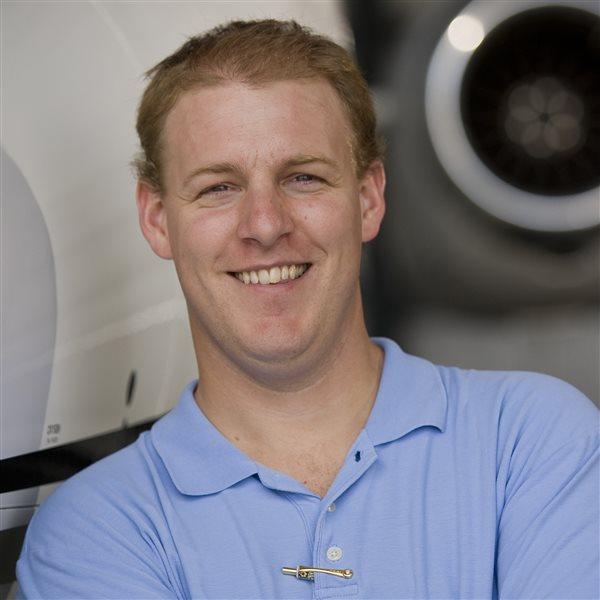Flight instructors have a love-hate relationship with ground school. On one hand it’s a necessary part of the training curriculum. A painful part. Not surprisingly, students aren’t as motivated to study as they are to fly. So imagine what learning to fly would be like if instructors didn’t have to constantly nag their students to study. That may not be a motivation, but it will be a consequence if Redbird Flight Simulations is successful with a refurbishment of GIFT, or Guided Independent Flight Training.
The ultimate goal is to have simulation platform automatically guide the learning process. If it works, it’s a fundamentally different way of looking at flight instruction. Instead of having the student study a maneuver, brief it, and then go try it in the airplane until he gets it right, it’s conceivable a school could offer a private pilot course that has minimal instructor interaction prior to transitioning to the airplane. At that point the student would have learned all the maneuvers and the basic knowledge areas, and use the airplane as a final training device.
The tool makes the most sense in the context of a lesson. Straight ahead power-off stalls are a good example. After choosing that lesson, the simulator demonstrates it and then asks the student to try it. Every time he deviates from the standard procedure, the computer interjects. So let’s say he’s late putting in power, which results in an unacceptable altitude loss. Not only will the program mention the altitude loss, it will prompt the student to add power faster to avoid the mistake the next time.
More complicated lessons can have even more interaction. Imagine diversions and the computer questioning why a student chose one airport over another. Or a cross-country lesson when the student enters the wrong pattern and the computer makes him correct it and explains why it’s wrong.
Redbird’s Jeff Van West says the vision is, “self-taught pilots.” Instead of using a syllabus that requires solo to come before short-field takeoffs, GIFT is expected to be non-linear. The reason is to keep students interested and engaged, like a game. Van West says not to worry, however, that the system will continue to rely on the building-block approach. Hypothetically, once the student passes the slow flight lesson, for example, he’ll be allowed to move on to stalls.
GIFT’s success is certainly not guaranteed. This is the company’s second major swing at the idea of self-guided learning. The first version involved John and Martha King, and was generally considered unsuccessful. But Van West says a variation of the latest iteration is running today on the AOPA Jay, and future success will be within five years, assuming basic technical issues can be solved.
It may seem like a radical idea, but self-taught learning could be a plus for customers. Flying a simulator that more or less uses gaming theory as its foundation would be a lot more enjoyable and motivating than ground school.

